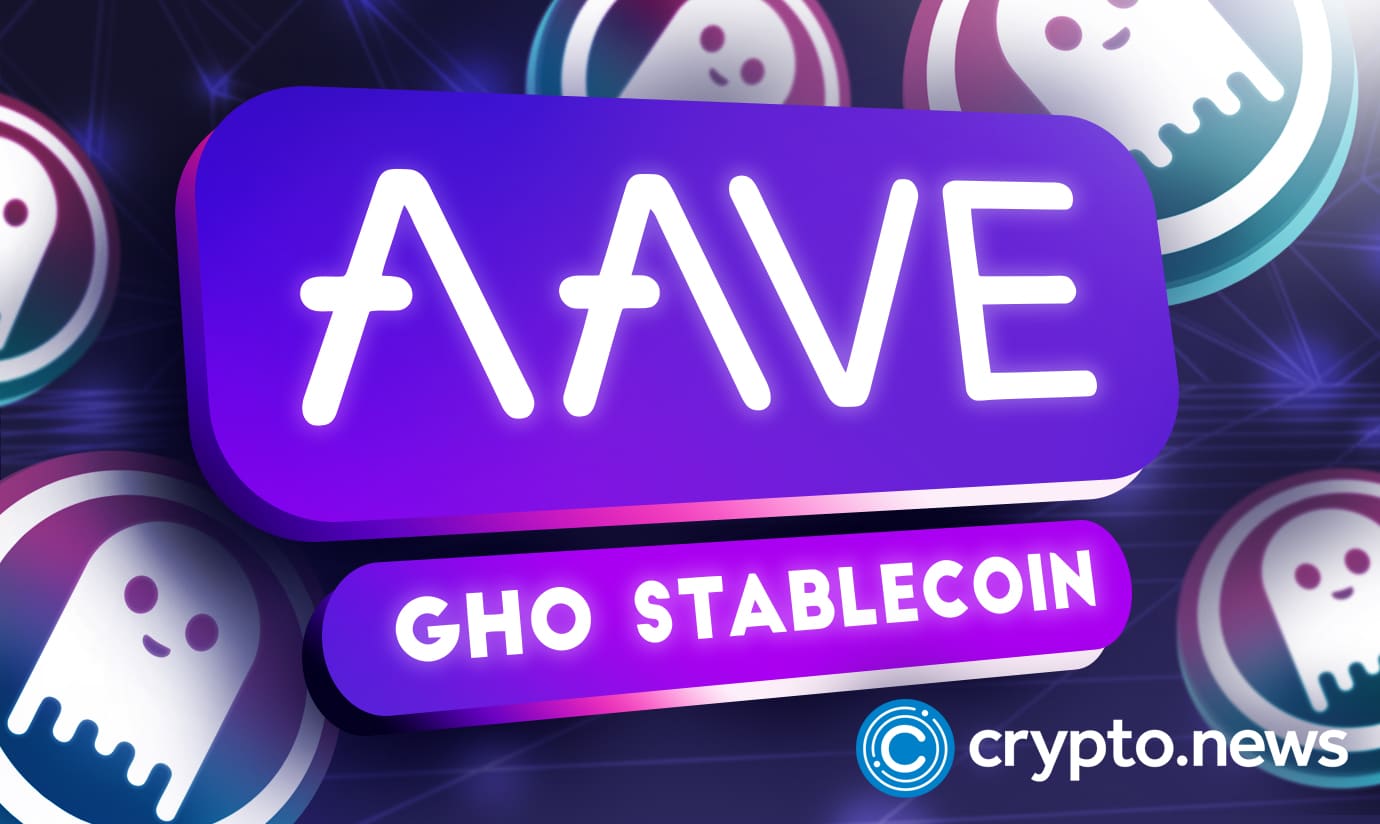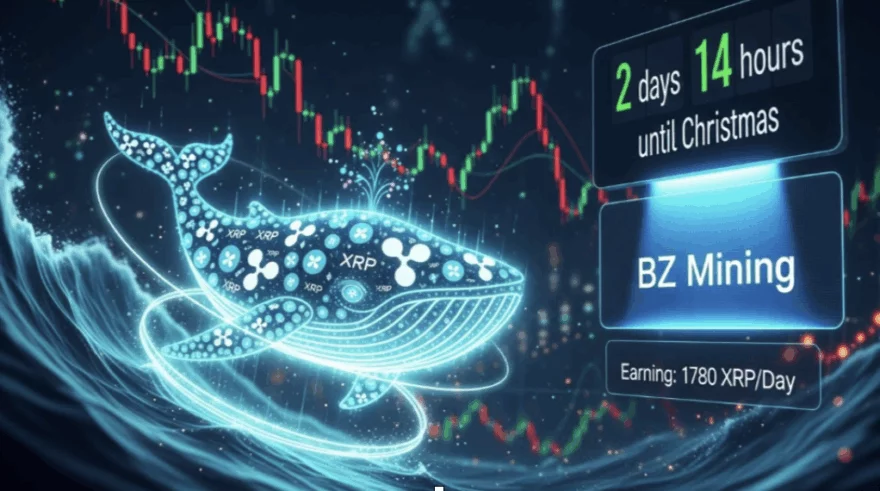AAVE Discloses New Information Regarding GHO Stablecoin

In a technical document, Aave Companies, the company in charge of the decentralized lending system Aave (AAVE), provided additional information regarding the much anticipated GHO stablecoin. GHO is a decentralized stablecoin that is overcollateralized, tied to the US dollar, and supported by various crypto-assets that have already been deposited on Aave.
The article says Facilitators will mint and burn GHO. Each Facilitator receives a Bucket, the maximum amount of GHO that may be produced per entity. The sum of all current Buckets will be used to calculate the overall supply of GHO. Different Facilitators will be able to use different minting techniques. The first Facilitation to mint and burn GHO will be Ave. The token will be listed on its platform, where users can loan and borrow against it.
The business also revealed that the first-ever GHO audit was carried out by OpenZeppelin, a well-known blockchain security outfit. The auditor reported no significant findings. In the upcoming weeks, Aave Companies intends to begin testing with the first testnet deployment.
GHO repayment scheme
The Aave DAO treasury acquires interest after a user pays back their GHO loan or is liquidated. After automated and innovative contract-based collateralization procedures, GHO is returned from the user to the Aave market and burnt when repaying it from the Ethereum Market. While the initial supply is burnt and the Bucket level for the Facilitator is lowered, the interest paid is automatically moved to the Aave DAO Treasury.
GHO interest rates
GHO intelligent contracts differ from other assets in Aave in that they do not follow standard supply and demand dynamics since there is no supply side. As a result, unlike other stablecoins, interest rates cannot be determined algorithmically by depending on use rates (e.g., USDC). The Aave integration for GHO mandates that interest rates be set by a coordinating organization, specifically Aave Governance, that will statically alter interest rates in response to the requirement for the GHO supply to contract or increase. This will be done in Aave using a particular “InterestRateStrategy” that each Facilitator will individually deploy, have a method to update the GHO borrow rate, and only be callable by an entity authorized by Aave Governance.
A borrowing rate discount model
Through a borrowing rate discount model, the Aave-GHO integration offers a new valuable implementation to the Aave community. Participants in the Safety Module are subject to the discount scheme. The Safety Module is an essential part of the Aave ecosystem to reduce the risk for Aave. More information on the Safety Module may be found in the Aave-nomics article. If necessary, the discount model may be modified and replaced because it is replaceable. Aave Governance may choose the parameters of the discount model and may even suggest modifications to the current implementation. The discount model’s original layout seeks to give owners of stkAAVE tokens more benefits.
According to numerous reports, Aave is the fourth most extensive decentralized finance network with over $5 billion in total value locked (TVL). Market leaders in the stablecoin space include Circle, Tether, and Binance. In an environment that is becoming more regulated, Aave’s efforts to launch a decentralized stablecoin rival to Maker’s DAI may usher in a new age of decentralized stablecoins.














